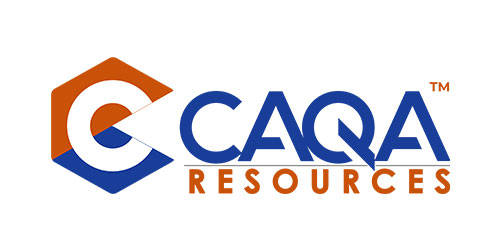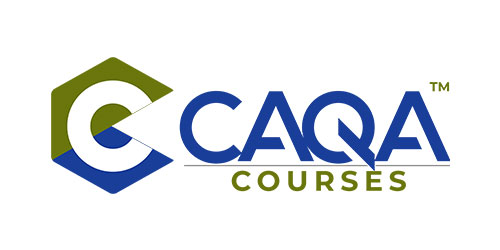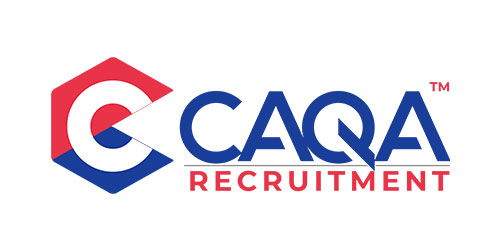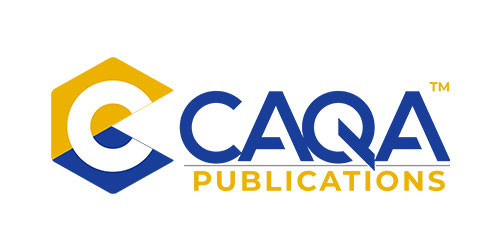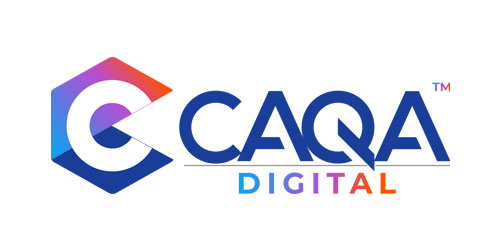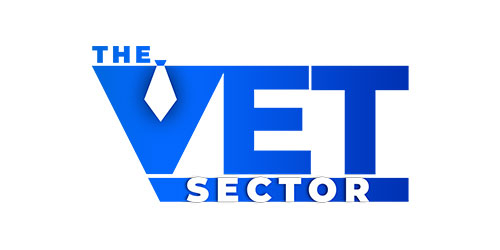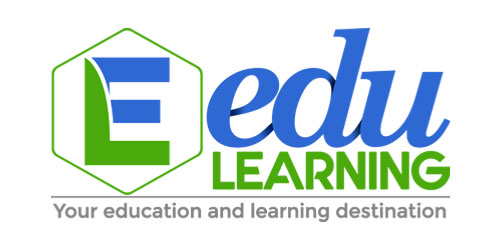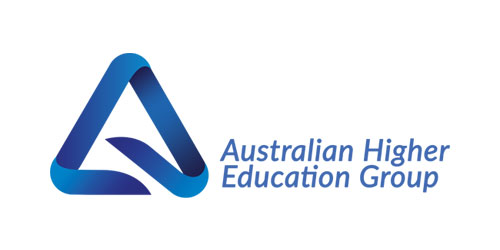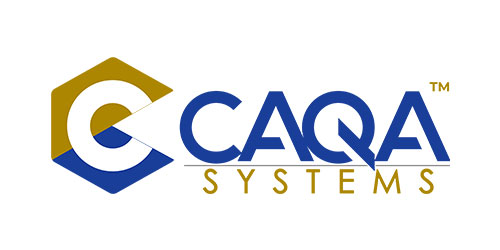
News
Customisation and contextualisation are two important approaches to vocational education and training (VET). Both involve tailoring VET programs to the specific needs of individual learners or groups of learners. However, there are some important differences between the two approaches.
Contextualisation refers to the process of adapting VET programs to the specific context in which they will be delivered. This may include taking into account the local industry conditions, labour market needs, and other factors that could impact the program’s effectiveness. This can be done by tailoring the material to specific industries or sectors, or by offering real-world examples that illustrate how the concepts being studied can be applied in practice. Contextualisation has been shown to promote learning and retention, as it allows learners to see how the material is relevant to their own lives and work. Contextualisation can also involve making changes to the content or delivery methods used in a VET program to better suit the needs of the target audience.
Customisation, on the other hand, is more focused on tailoring programs to the individual needs of learners or an organisation. This may involve providing different versions of a program for different learner groups or making use of flexible delivery methods that allow learners to study at their own pace. This can be done by developing bespoke materials that are targeted at the organisation’s specific needs, or by delivering the course in a way that is tailored to the learners’ learning styles. Customisation can be more expensive and time-consuming than contextualization, but it can also be more effective in meeting the needs of specific organisations. Customisation can also involve providing additional support or resources for learners who need it, such as those with special needs or English language difficulties.
Both contextualisation and customisation are important approaches to VET, and each has its own advantages. Contextualisation can help to ensure that the content of a course is more relevant to the local context in which it will be delivered, while customisation can provide a more personalised learning experience for learners by tailoring the content and delivery of a course to the specific needs of an organisation or group of learners. Ultimately, the best approach for any given situation will depend on the specific needs of the learners and the resources available.
While both approaches have their benefits, contextualisation is generally seen as being more effective in terms of promoting learning and retention. This is because it allows learners to see how the concepts they are studying can be applied to real-world situations, making the material more relatable and easier to understand.
Customisation, on the other hand, can be more expensive and time-consuming to implement, as it requires the development of bespoke materials and delivery methods. It can also be less flexible than contextualisation, as it is often difficult to make changes to a customised course once it has been designed.
However, both approaches can be used to good effect in vocational education and training, and it is important to select the approach that is best suited to the needs of the learners and the organisation.
If you’re interested in contextualising or customising your own VET program, get in touch with the team at CAQA today. We have extensive experience in developing and delivering tailor-made VET programs and can work with you to ensure that your program meets the specific needs of your learners. Contact us today to find out more.
 1800 961 980
1800 961 980 info@careercalling.com.au
info@careercalling.com.au













